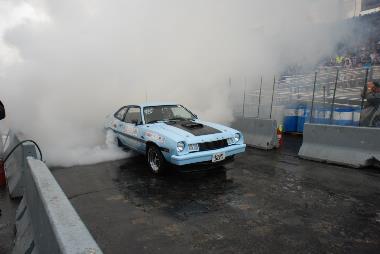-
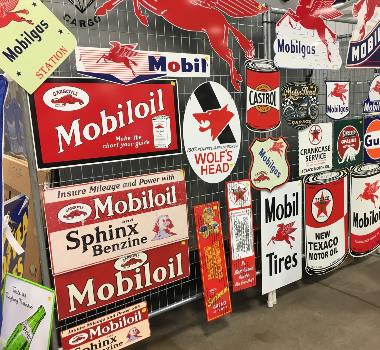
Tips for Parts Shopping at Swap Meets: Have fun and be Prepared
Tuesday, Jan 26, 2021
Since automotive swap meets began in the late 1940s or early ’50s, they have been a treasure chest of items for collectors, enthusiasts, project bu …
Show MoreSince automotive swap meets began in the late 1940s or early ’50s, they have been a treasure chest of items for collectors, enthusiasts, project builders, professional auto shops, amateur “car people”, the curious, and families who embark on a bonding “car history day.” For many attendees, automotive swap meets are a bargain hunters’ paradise, but they are more than that. Swap meets offer the bargains, the collector pieces and hard-to-find parts, and they are also family events, networking hubs and can be annual can’t-miss experiences for car and car-part lovers.
The Spring Carlisle Collector Car Flea Market and Corral at the Carlisle Fairgrounds, in Carlisle, PA, is an evolution of the Fall Carlisle Collector Swap Meet & Car Corral in 1974, which led to a similar Spring event in 1977. Held on an 82-acre cornucopia of everything automotive, Spring Carlisle showcases 8,200 vending spaces, each filled with items from aftermarket to reconditioned parts to original parts to car care products. Event-experience motives aside, the primary goal of most who attend automotive swap meets, is finding the right part or parts … and finding them at the right price.
Tim Demark, Carlisle Events Vendors Manager said, “Vendors show classic used parts from tires to the top of the car, new parts for currents to antique parts for classics. They encompass all projects and needs. These parts can be had for the right price…if you understand the process.”
To be successful in swap meet shopping, have fun and be prepared. Demark said, “Swap meets are a picker’s haven if you adhere to these five Golden Rules:
.jpg?sfvrsn=3f2b6b80_0) 1. Be methodical. Always write down the space marker of a vendor space at which you see an item you want to buy. If you see it and temporarily pass it up, you might not remember where it is.
1. Be methodical. Always write down the space marker of a vendor space at which you see an item you want to buy. If you see it and temporarily pass it up, you might not remember where it is. 2. Work the field in quadrants and sections and take notes on maps or directories. Break the field up using landmarks (e.g. the stage and grandstand; the infield and car corral; the north hill, etc.).
 3. Wear comfortable shoes … it’s a large field.
3. Wear comfortable shoes … it’s a large field. 4. You may need two three days to get it right. At Carlisle, we have 8,200 vendor spaces. Take your time or take a few days to see it all. And wear comfortable shoes … it’s a large field. Have fun seeing it all.
4. You may need two three days to get it right. At Carlisle, we have 8,200 vendor spaces. Take your time or take a few days to see it all. And wear comfortable shoes … it’s a large field. Have fun seeing it all.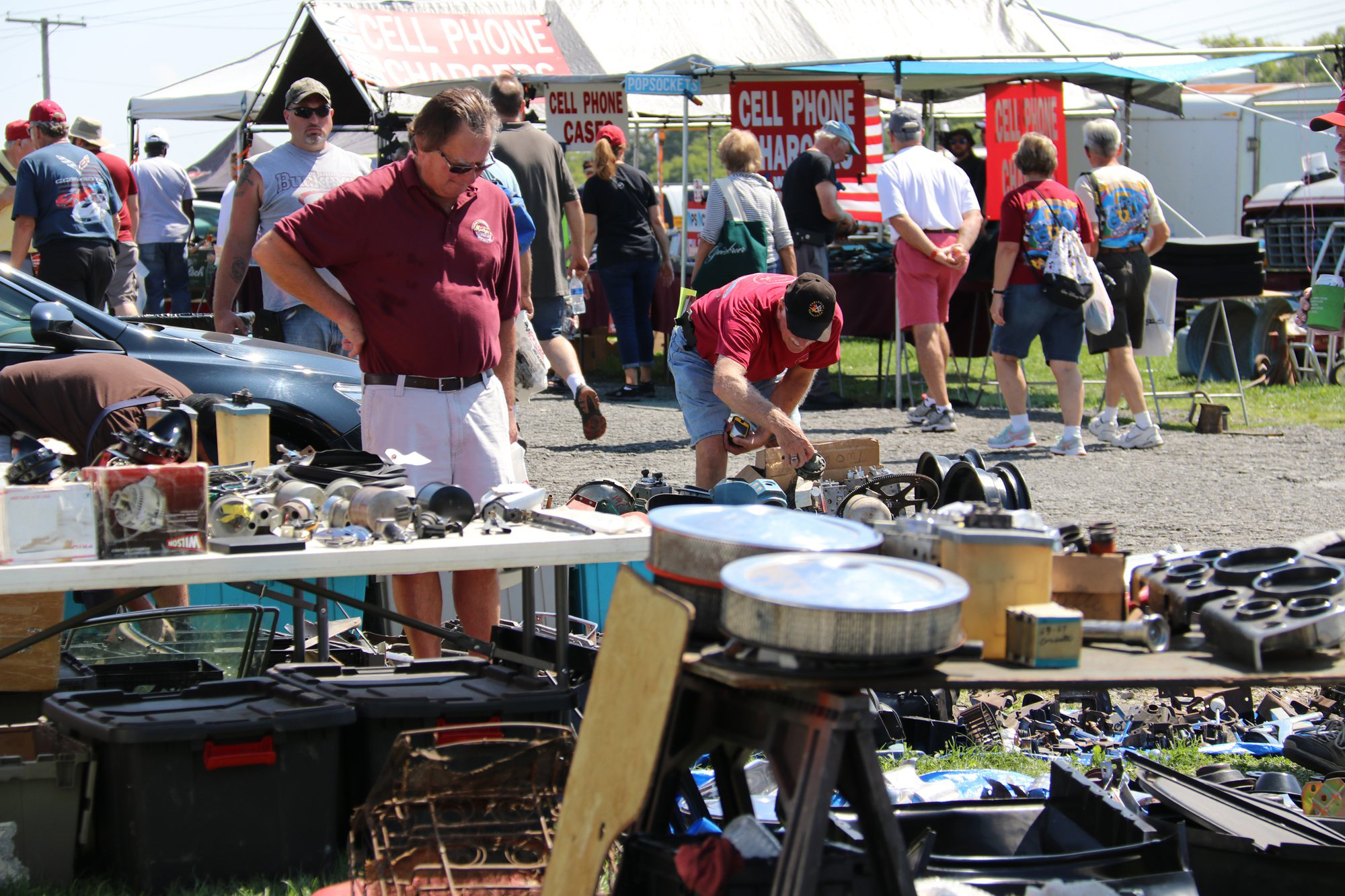 5. Bring something to haul your purchases, or remember that at Carlisle, we have free parts hauling that covers our 82 acres.
5. Bring something to haul your purchases, or remember that at Carlisle, we have free parts hauling that covers our 82 acres.Demark added, “When shopping, the best tip is: Be aggressive. You can always ask, ‘is that the best you can do?’ The more aggressive you are, while being respectful and not low-balling too low, the better you can do. Don’t start a battle, but look for the truth … a true fair price.
Demark added, “Have fun and be flexible. Look hard and don’t be afraid to talk to the guy across from you – vendor or fellow shopper – he may have the answer or part you are looking for, or know where to find it.
Ed Buczeskie, Carlisle Spring and Fall and Imports Manager added, “ANY item can be had for a bargain. However, large items are typically the best for bargaining because they take up space and space is important. If someone sells a large item, it makes more space in the truck/trailer for the trip home.”
Buczeskie cautioned, “I would NOT recommend trying to bargain on something that’s already priced well. It’s already a deal. Take it and walk away. Why risk offending the seller if it’s already a good deal? But if you’re planning to negotiate, it helps to ‘read’ the seller before trying to bargain. Before even talking to the seller, try to watch how he/she deals with other potential buyers first if possible. Once you have a read on the seller, try to ‘match’ the seller’s demeanor. No matter what, BE RESPECTFUL. Respect can get you a better deal … sellers like giving deals to nice people. But in the end, it never hurts to try to negotiate if you are reasonable.”
Some of Buczeskie’s tips for buyers include:
1. If you find a deal, or it’s something you really need and you’re not likely to find another one, BUY IT NOW. If it’s a deal to you, it’s probably a deal to others, so someone else WILL buy it if you don’t.
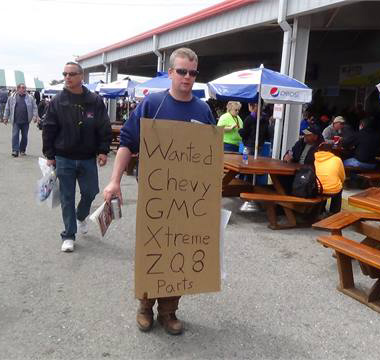 2. Be prepared. Make a list of what you need before you come to the event. This will help you to remember what you’re looking for. You can share your needs with your buddies so they can also be on the lookout, and you can share with a vendor who might have similar item or know where to get it.
2. Be prepared. Make a list of what you need before you come to the event. This will help you to remember what you’re looking for. You can share your needs with your buddies so they can also be on the lookout, and you can share with a vendor who might have similar item or know where to get it.3. Do your homework on the parts you are looking for before you come to the event – what’s it worth, how hard is it to find, etc. This way you’ll know if you find a good deal.
In short, the top shopping tips to consider include:
1. Be prepared. Do your due diligence … research what you want to obtain.
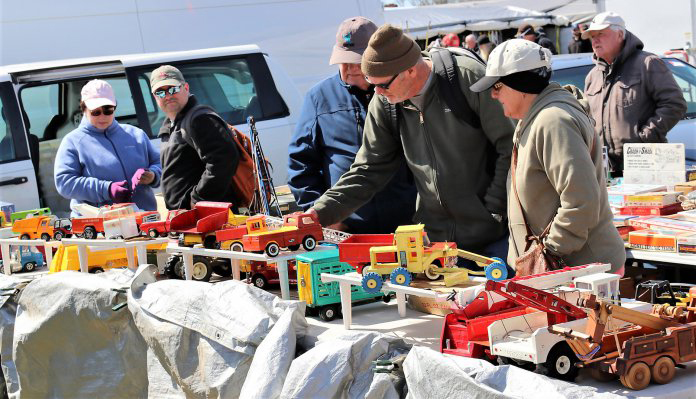 2. Arrive early and look at everything you can, you might find a treasure you aren’t looking for. Also, by arriving early, you may get the deal before someone else does.
2. Arrive early and look at everything you can, you might find a treasure you aren’t looking for. Also, by arriving early, you may get the deal before someone else does.3. Haggle. Get the best respectful deal you can.
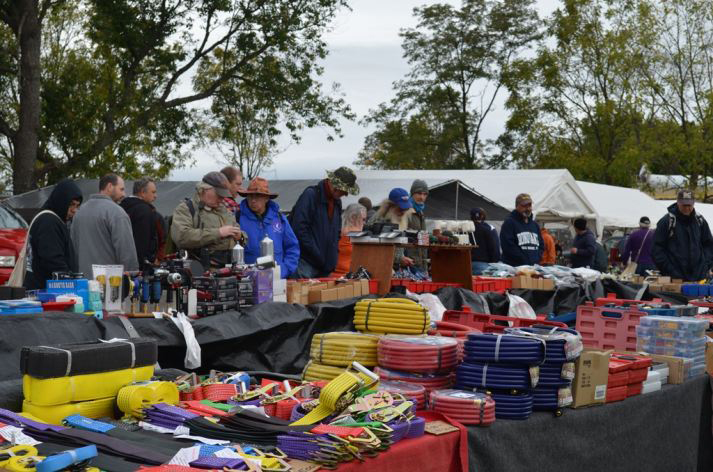 4. Network and talk to others. That’s part of the fun, part of the experience, and it could lead to the best deal or best item you can find.
4. Network and talk to others. That’s part of the fun, part of the experience, and it could lead to the best deal or best item you can find.5. Have fun. It is an event, after all. Enjoy the location, the conversations and the experience.
Next month, we’ll talk about how to make a deal (Swaps), after all, Spring Carlisle itself starts on April 21 and runs five days at the Carlisle PA Fairgrounds. To learn more about the event, purchase spectator tickets, secure vending space and more, call Carlisle Events at 717-243-7855 or visit them online at CarlisleEvents.com for more on the automotive hobby.
Mike Blake, former editor of KIT CAR magazine, joined Carlisle Events as senior automotive journalist in 2004. He's been a "car guy" since the 1960s and has been writing professionally for about 30 years.
-
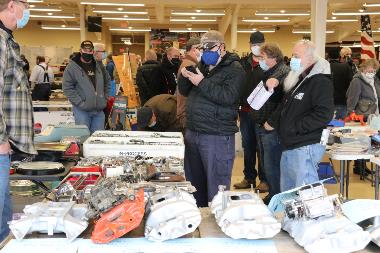
One Down – A Full Season to go for Carlisle Events
Wednesday, Jan 20, 2021
For decades, Auto Mania has started the Carlisle Events car show and swap meet season in Allentown, Pennsylvania. The three-day event always …
Show MoreFor decades, Auto Mania has started the Carlisle Events car show and swap meet season in Allentown, Pennsylvania. The three-day event always offers a nice break from the cool winter temps and gives car lovers from the mid-Atlantic a chance to re-connect, shop and otherwise enjoy all things automotive. In 2021, the only difference from the historical norm is that Auto Mania was held at the Carlisle Expo Center in Carlisle, Pennsylvania.
Spanning January 15-17, vendors and guests made great use of their one-year-only temporary home by offering an eclectic mix of auto parts, collectibles, merchandise, tools, practical use items and more for sale. Given the mild temperatures and generally dry weather for mid-January, Auto Mania even hosted outdoor vendors, again with a variety of must-have items.
As the gates of the Carlisle Expo Center opened at noon on Friday, enthusiasts who would normally attend in Allentown mixed with regionally local Carlisle car lovers to walk the aisles in search of a good deal. Vendors and guests familiar to events at Carlisle found very little difference between this offering and what they experienced in years past. Each vendor table saw a constant stream of customers daily. Items like Mopar oil pans, Ford specific fuel lines, bumpers, garage and floor mats, videos, vintage magazines, toy cars and more were all offered.
When the doors opened Saturday, there was excited interest once more to gain access to the show. The best part of this get together was that everyone at the venue was compliant with current CDC guidelines regarding masks and did their part to social distance, sanitize and otherwise take care of themselves and those around them.
Sunday saw a morning rush for last minute deals and ultimately helped wrap up the weekend. Besides the last minute deals on items and/or cars within the car corral, it also served as one last chance to connect with old friends and say goodbye until “the next time.”
As the next time goes, Auto Mania 2022 returns to the Allentown Fairgrounds and its customary home of Ag Hall January 14-16. In the meanwhile, Carlisle Events, these guests, vendors and many more are gearing up for Spring Carlisle and the start of car show and swap meet season in April. Spring Carlisle spans five days and runs April 21-25 at the Carlisle PA Fairgrounds, while Carlisle Auctions sets up shop within the aforementioned Carlisle Expo Center for its two-day auction, April 22-23. Complete details on both spring related events as well as links to purchase tickets, register to show, become a vendor and more can be found at CarlisleEvents.com or by calling 717-243-7855. -
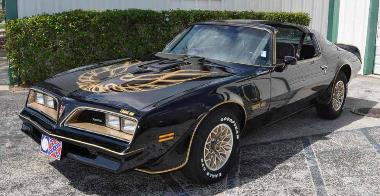
GM Cars on Film: These Movie Stars Had Four Wheels
Tuesday, Jan 19, 2021
Do you go to movies for the action? The special effects? The acting? The plot and characters? Certain actors and actresses? Those are all good reasons …Do you go to movies for the action? The special effects? The acting? The plot and characters? Certain actors and actresses? Those are all good reasons, but some of also go for the real scene-stealers … the cars that star in the films.Show More
Since the 1920s, cars have played roles in “action films.” From silent movie days to current tire-smoking, gorge-jumping thrillers. Doc Brown’s time-machine 1982 DeLorean DMC-12 and James Bond’s weapon-loaded 1964 Aston Martin DB5 may top some lists, but for this treatment of the subject, let’s only consider GM’s four-wheeled movie stars … and there are plenty that don’t finish second to any other film cars.
Now, my Top 10 list is arbitrary and you may have your own iconic cars of the stars, so let us know your choices, if we didn’t include them here. The list below is filled with action stars, sometimes style over substance, but vehicles that in many cases overshadowed the plots and the acting. Let’s start with a river-jumping, bet-winning icon of the movie ’70s.
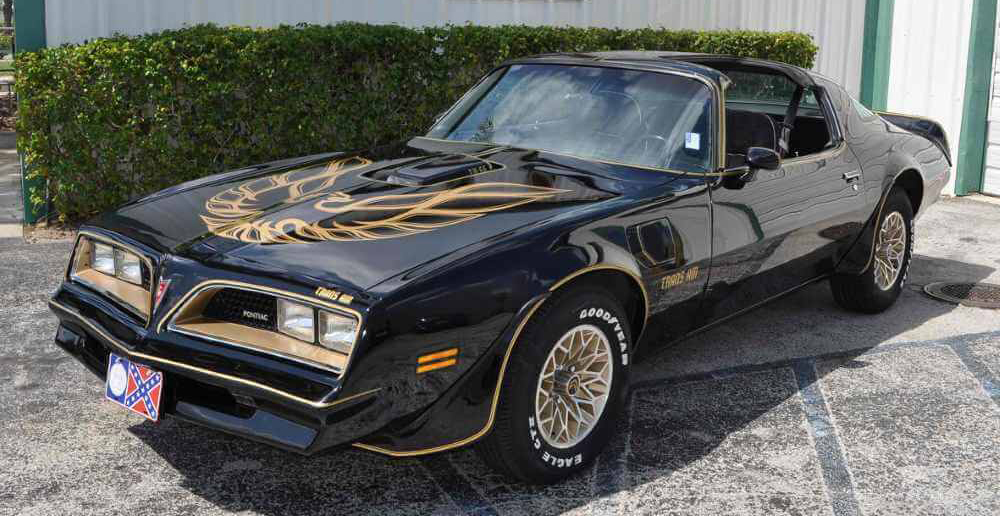 1. Smokey and The Bandit's 1977 Pontiac Trans Am
1. Smokey and The Bandit's 1977 Pontiac Trans Am
This T-Top 6.6-liter big block only delivered 185hp, but this was style over substance. Appearing in “Smokey and the Bandit” I and II, with a “Screaming Chicken” decal on the hood, Burt Reynolds’ car was supposed to be a ’77, but since that model-year ‘Bird wasn’t out during filming, General Motors provided 1976 cars with front clips from the 1977 update. The differences between the two include the ’77’s rectangular quad headlamps instead of only two round lights, a unique slanted and V-shaped nose, and a center-mounted hood scoop. Including stunt cars, some dozen were used in the movie, but only four were ’76-’77s supplied by Pontiac. It sure SEEMED to have more than 200 horses. Burt drove a red “rocket-powered” 1978 Pontiac Trans Am in his ’78 film, “Hooper,” and “jumped a gorge” in it, but Smokey wins on style points.
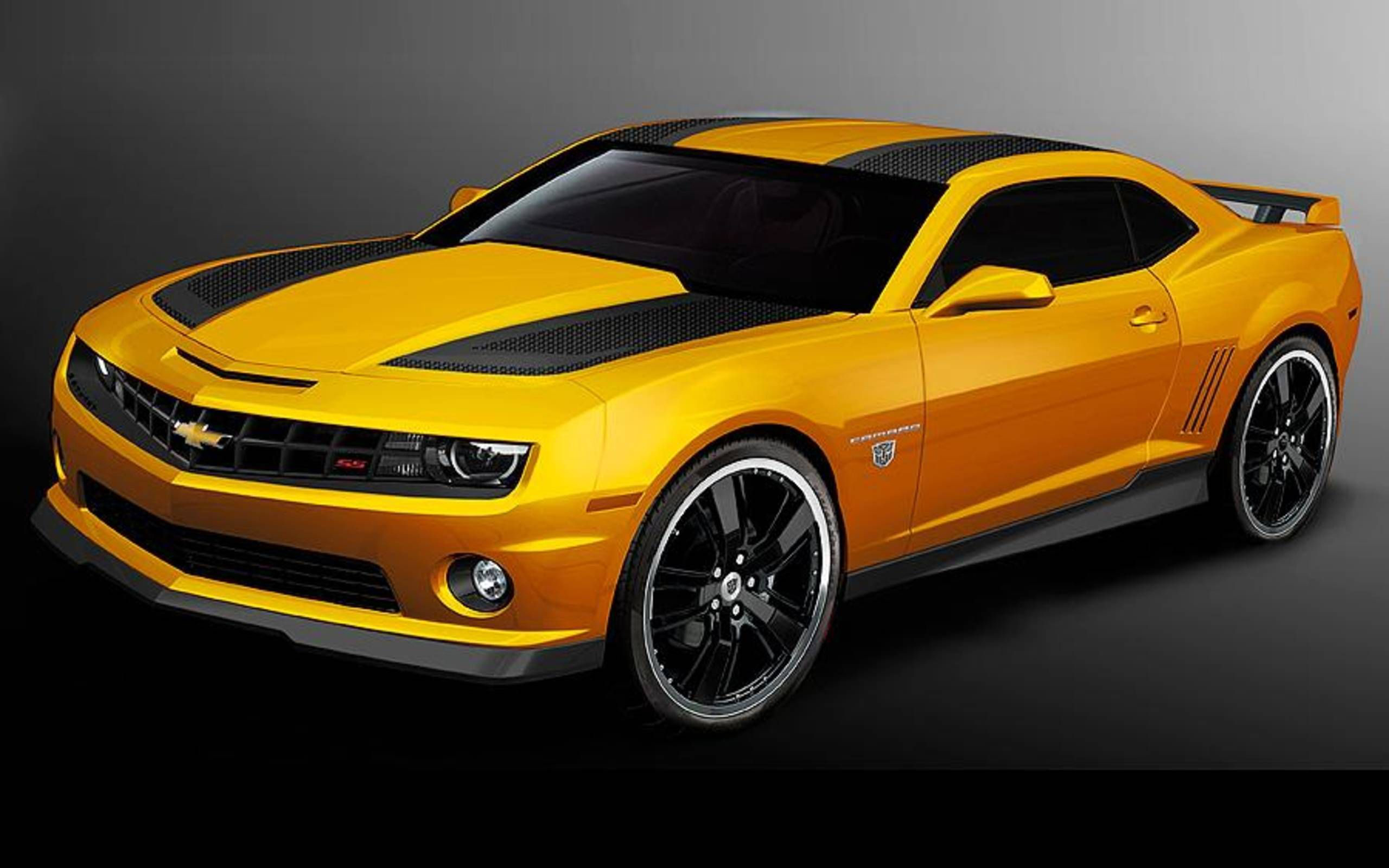 2. Transformers 1977 and 2007 Bumblebee Camaro
2. Transformers 1977 and 2007 Bumblebee Camaro
In the first “Transformers” movie, Bumblebee, which had been an autobot based on a VW Beetle, is a junkyard 1977 second-generation Camaro, and during the adventure it becomes a 2007 Camaro. Yellow, with black racing stripes, the ’77 was a Z/28 with only 185 hp. The 2007 delivered over 300 and in later films, the 2010 version was up to 400 ponies. Hey, it was a robot, “more than meets the eye.”
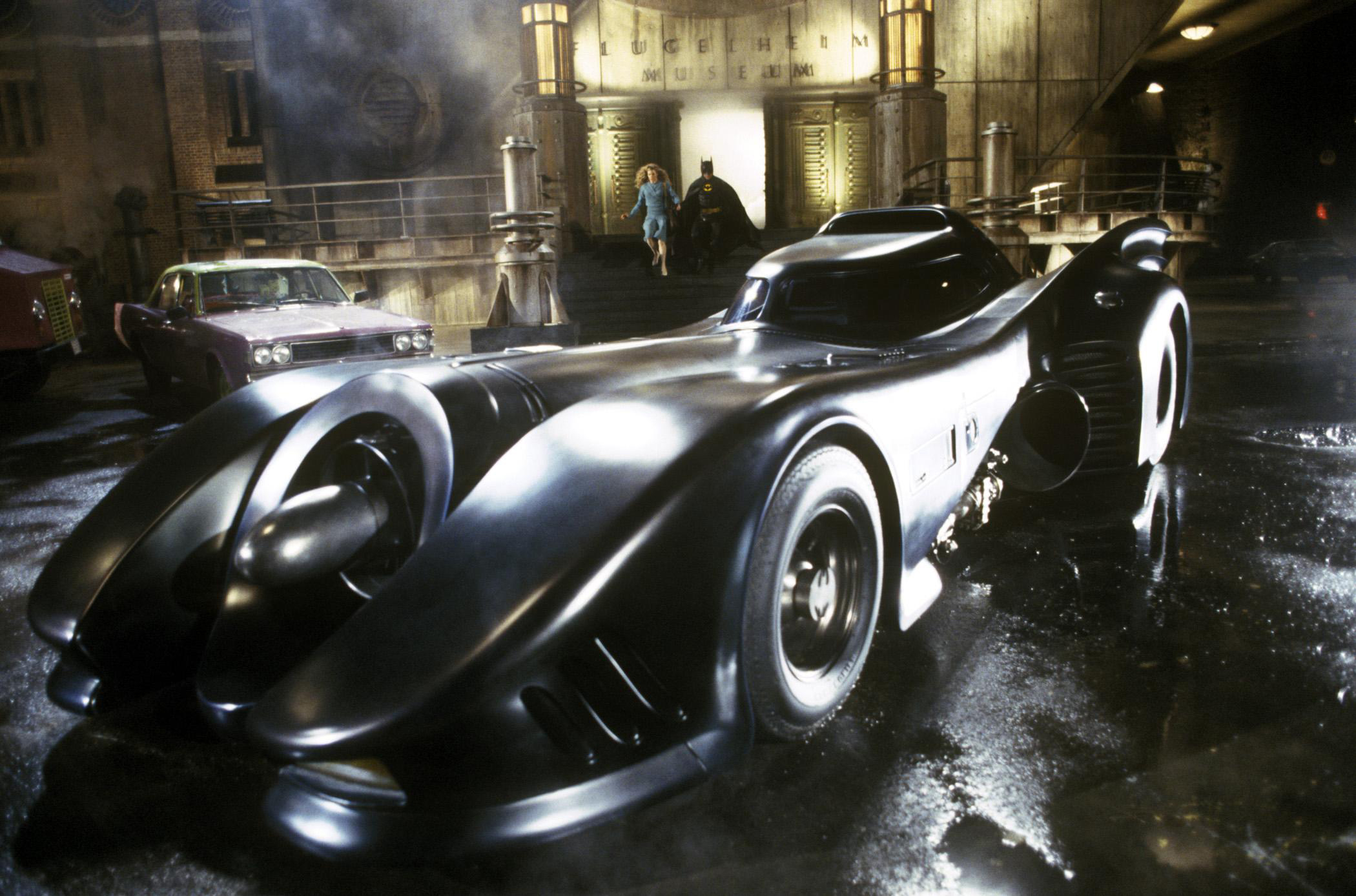 3. Tim Burton's Batmobile Corvette/Impala
3. Tim Burton's Batmobile Corvette/Impala
This GM Batmobile made for the 1989 “Batman” movie and for “Batman Returns” in 1992, was a modified 1970 Corvette body on a 6th-Gen 1985 Impala chassis with a Chevy V8 engine. It was rated at 400hp, though in Batmobile lore, the Dark Knight’s car can go 329 mph on 10,000 horses. And it had shields, remote control and a turbine.
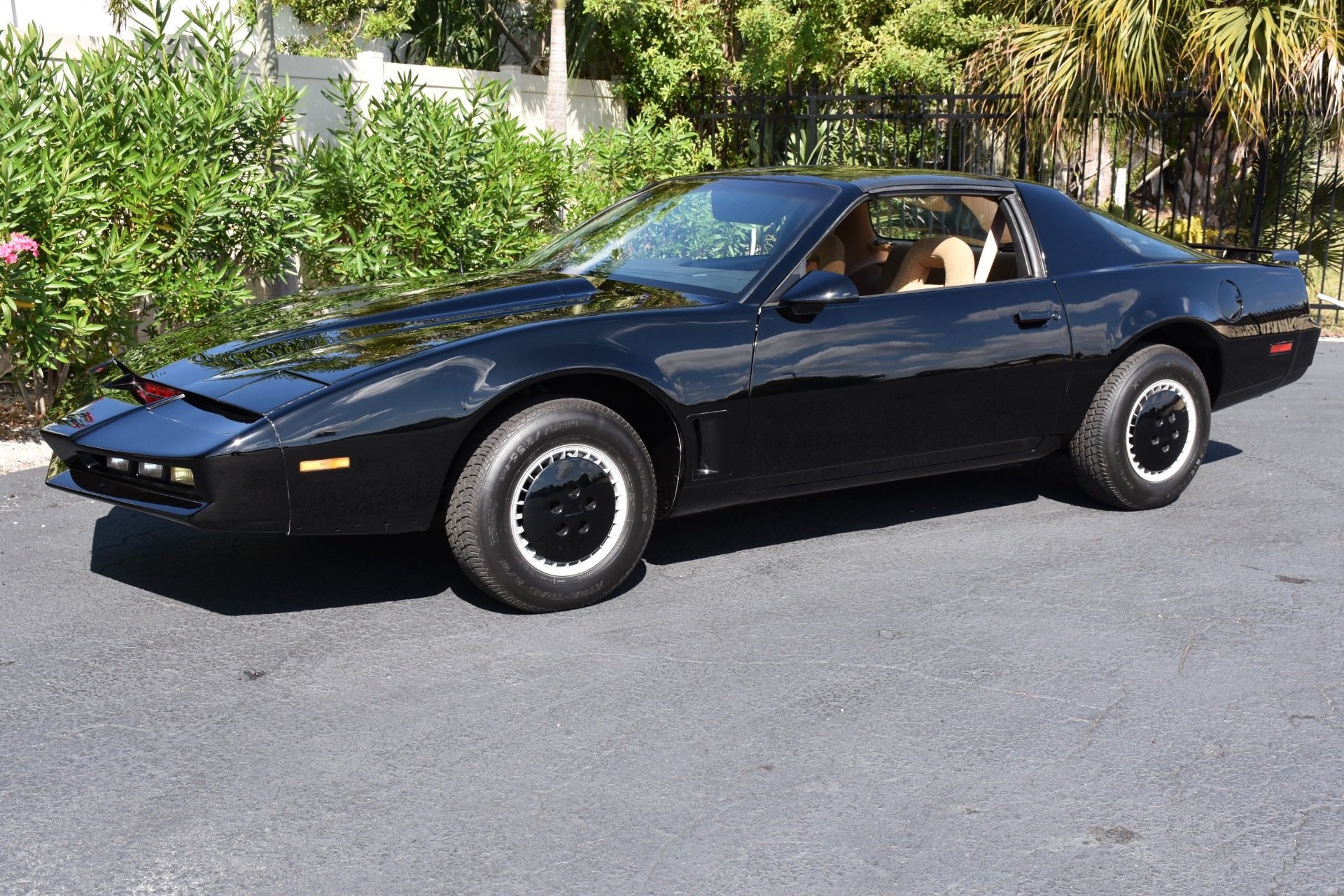 4. Knight Rider 1982-1984 Pontiac Trans Am
4. Knight Rider 1982-1984 Pontiac Trans Am
OK, this was a TV show and not a movie, but I mean, “Knight Rider” … it was a talking car. “K.I.T.T.” Knight Industries Two Thousand, was a customized 1982 Trans Am (upgraded to a 1984 during its run). A supercomputer on wheels with artificial intelligence, and a red front-mounted scanner bar. Turbo Boost was used to allow KITT to accelerate in excess of 200 mph forward or backward.
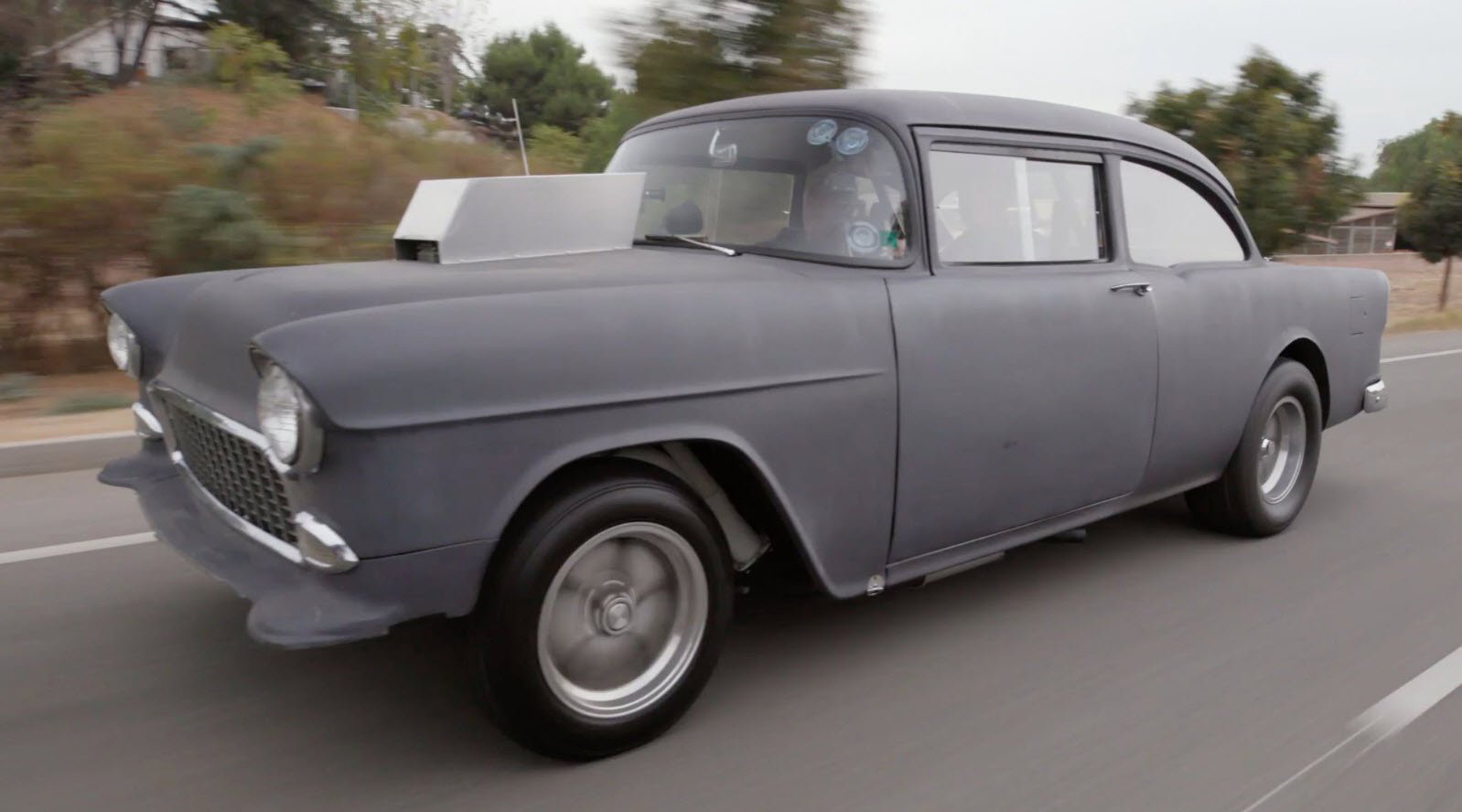 5. Two-Lane Blacktop 1955 Chevrolet 210
5. Two-Lane Blacktop 1955 Chevrolet 210
An homage to Route 66, with singer James Taylor doing the driving, racing for pink slips. He’s got a 1955 Chevy 210 in primer gray and a 454-cu.in. V8, fitted with dual four-barrel carburetors on a vintage Weiand manifold. Rated at 390hp, Taylor defeats Warren Oates and his 1970 Pontiac Judge. Side note: the same ’55 Chevy was used in “American Graffiti”, painted black as Bob Falfa’s (Harrison Ford’s) ride.
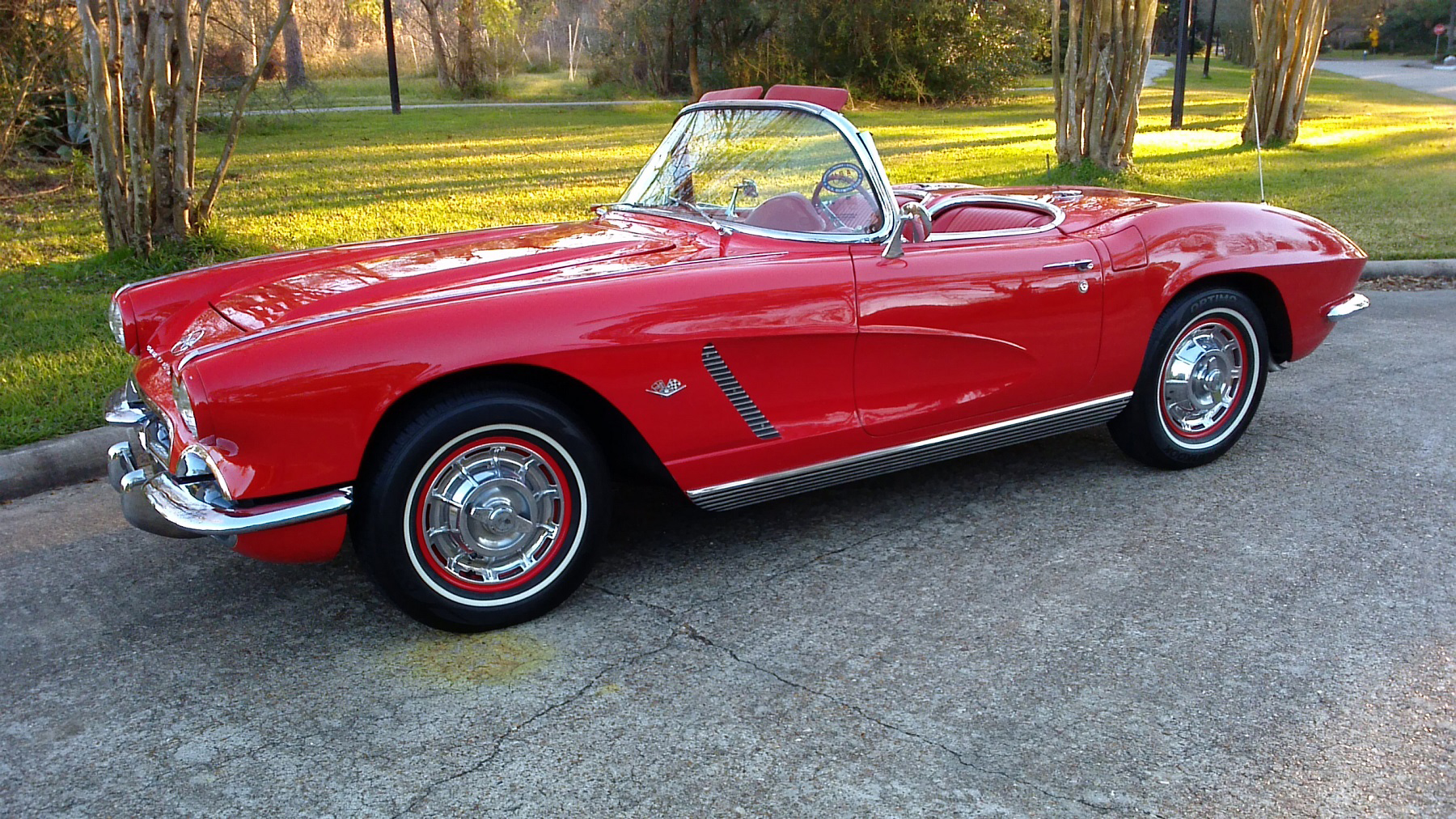 6. Route 66 1961-1964 Chevrolet Corvette
6. Route 66 1961-1964 Chevrolet Corvette
Back on Route 66, and back on TV, Tod and Buzz -- Martin Milner and George Maharis (later, Glenn Corbett as Linc) -- solved others’ problems each week, touring Route 66 in their Corvette from 1960-1964. The first episode used a 1960 model, followed by a 1961 for the rest of the season. The show upgraded its models each season in a series of colors and finished up with a 1963 Corvette Stingray and a ’64 during the last year of the run.
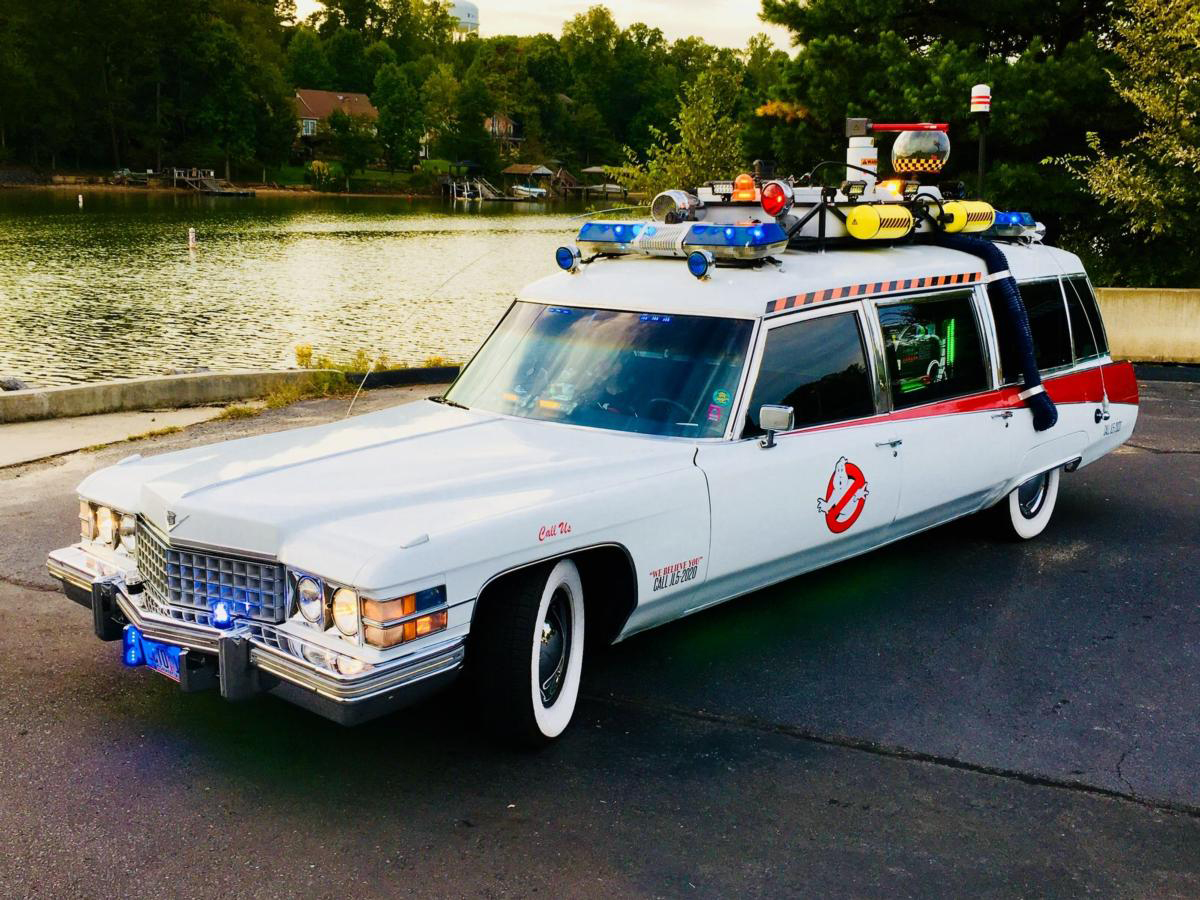 7. Ghostbusters Ecto-1 1959 Cadillac Miller-Meteor
7. Ghostbusters Ecto-1 1959 Cadillac Miller-Meteor
Who ya gonna call? The Ecto-1 1959 Cadillac Miller-Meteor ambulance, with its siren wailing and sliding proton cannon storage “wasn’t afraid of no ghosts.” The Futura Duplex limo-style endloader combination car (ambulance conversion) weighed 3 tons and was more than 20 feet long.
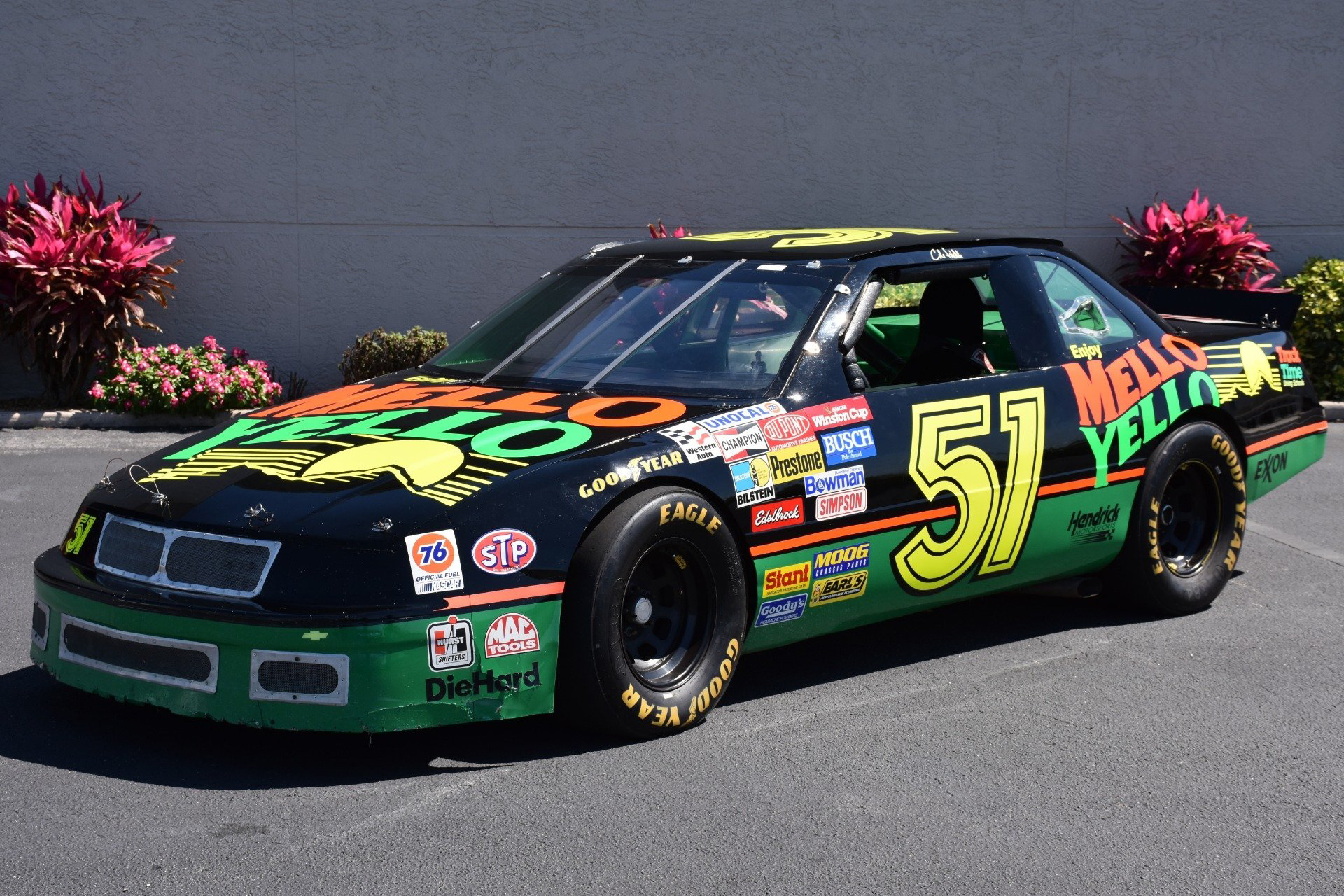 8. Days of Thunder 1989 Chevrolet Lumina Z34
8. Days of Thunder 1989 Chevrolet Lumina Z34
“Days of Thunder” is a NASCAR fan’s movie that stars a 650-hp Lumina Z34. Cole Trickle (Tom Cruise) drives into Victory Lane with a trick move and pilots the No. 46 City Chevrolet, the SuperFlo Chevrolet and later the No. 51 Mello Yellow Chevrolet.
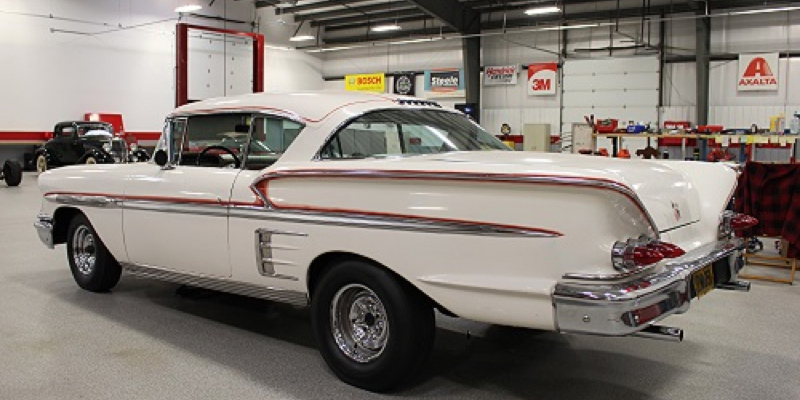 9. American Graffiti 1958 Chevrolet Impala
9. American Graffiti 1958 Chevrolet Impala
Bob Falfa’s 1955 Chevy 210 was also used in “Two Lane Blacktop” (above), but it gets beat by Steve's 1958 Chevy Impala, white with red pin striping, driven by Terry the Toad. According to Toad, the Impala has a 327 Chevy V-8 and for the film, it was built with no specification to open doors from the outside.
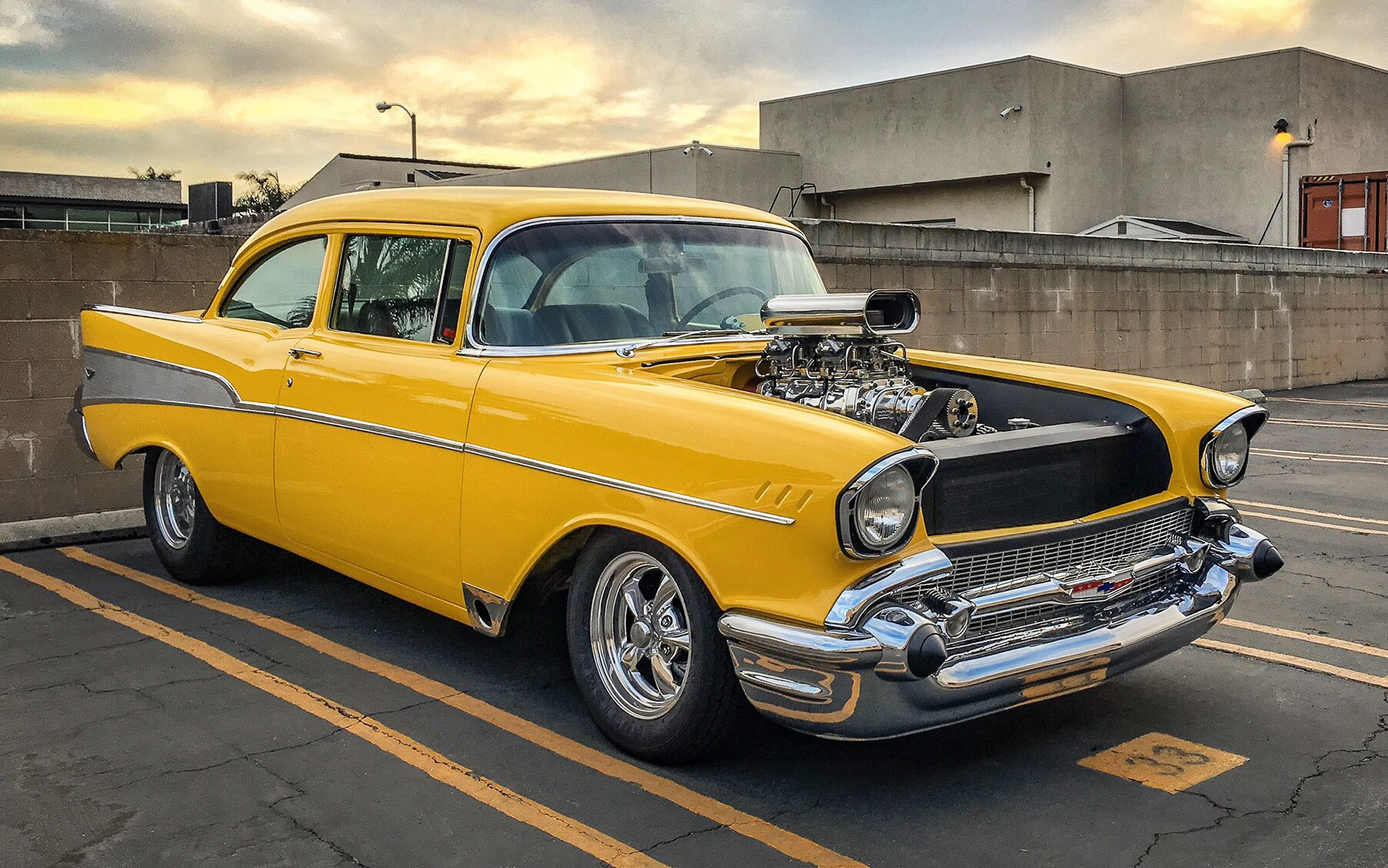 10. Hollywood Knights 1957 Chevrolet 210
10. Hollywood Knights 1957 Chevrolet 210
The Yellow, 1957 supercharged "Project X" is driven by Tony Danza in this 1980 film. The true star of this film, the ’57, featured a blown 383ci stroked small-block Chevrolet engine with a Dyers 6-71 supercharger, mated to a Turbo 350 automatic transmission with 3200 stall converter. It was tweaked with a number-1 pool ball shifter knob, a 9-inch rear-end with ladder bars and leaf springs, Cragar s/s wheels, and no hood.
Honorable mention: “Breaking Bad” 2004 Pontiac Aztec, “Rockford Files” 1974 Pontiac Firebird Esprit, “Corvette Summer” 1973 Corvette, “Stripes” EM-50 Urban Assault Vehicle, “Better Off Dead” 1967 Camaro, “48 Hours” 1964 Cadillac DeVille Convertible, “Cheech and Chong’s Up In Smoke” Customized Chevrolet Step Van, “The Car” Customized and possessed 1971 Lincoln Continental Mark III, “Rain Man” 1949 Buick Roadmaster Convertible, “The Monkees” 1966 Pontiac GTO, “Cannonball” 1970 Pontiac Trans Am and “McQ” 1973 Pontiac Trans Am SD455 (John Wayne’s car).
Since cars can be the star of a movie or show and HAVE ALWAYS been recognized as the stars at the Carlisle GM Nationals, 2021 brings the stars together with Carlisle Comic-Car-Con. At Carlisle in June you can see your favorite Comic, TV, and Movie cars pop off the pages or out of the screen and into one of the special displays in Building T. Event planners are still gathering cars for the showcase, but if you have one that fits the theme, be sure to visit the event page direct at CarlisleEvents.com to learn more, apply for consideration, purchase tickets and more!
Great movie cars, all. Which GM actors are your favorites?
> Visit www.CarlisleEvents.com for more on the automotive hobby.
Mike Blake, former editor of KIT CAR magazine, joined Carlisle Events as senior automotive journalist in 2004. He's been a "car guy" since the 1960s and has been writing professionally for about 30 years.
-

Ford Pinto 50 years later: Love it or Hate it, the Subcompact was Popular and Made an Impact
Tuesday, Jan 12, 2021
Playing on the equine theme that starred Mustang (possibly named after the P-51 Mustang fighter plane) and included Bronco and Maverick, Ford launc …
Show MorePlaying on the equine theme that starred Mustang (possibly named after the P-51 Mustang fighter plane) and included Bronco and Maverick, Ford launched the Pinto subcompact in 1970 for the 1971 model year. Marketed to combat Euro and Japanese compacts, Pinto was created as Ford’s smallest model, under the guidance of Blue Oval president Lee Iacocca, who mandated a 1971 model that weighed under 2000 pounds and cost less than $2000 (US). From concept to delivery, Pinto, internally called “Lee’s car,” took only 25 months – industry average was 43 months – and its production of 3 million vehicles in 10 years, far exceeded that of its American subcompact competition – Chevy Vega and AMC Gremlin.
Pinto was popular with public, branded as “The little carefree car,” and its entry model sold for $1800, to help generate sales of 352,402 for its 1971 run and a high of 544,209 for model-year 1974.
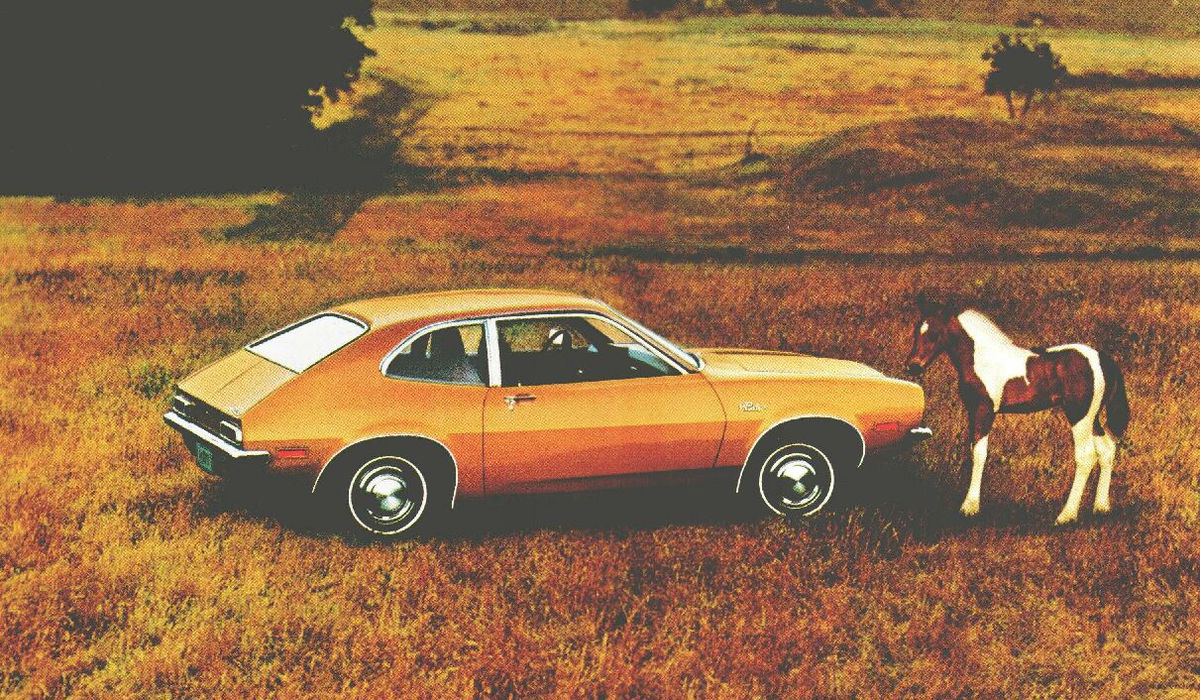 During production, Pinto was subjected to a battery of crash tests and while the results were less than stellar – fuel leaks that required minor retooling – to save production time and costs, Ford chose to continue with the design at hand until new National Highway Traffic Safety Administration (NHTSA) testing rules were to come into play in 1977.
During production, Pinto was subjected to a battery of crash tests and while the results were less than stellar – fuel leaks that required minor retooling – to save production time and costs, Ford chose to continue with the design at hand until new National Highway Traffic Safety Administration (NHTSA) testing rules were to come into play in 1977.A design error occurred when, in an effort to create more interior room in the subcompact, Pinto’s steel fuel tank was located behind the rear axle and in front of the bumper, which made it subject to rear-impact fuel spills and fires.
Pinto thrived and was popular with the public, despite some negative critiques by the media. Despite a high-profile accident involving a Pinto in 1972, in which a driver was killed and a 13-year-old passenger suffered third-degree burns over 90-percent of his body after the car was struck from behind at an estimated speed of 30 mph, Pinto sales and reception were solid. The shine came off the horse in 1977, when the accident case went to trial, and Mother Jones magazine printed an article labeling Pinto: a “firetrap” and a “lethal car,” citing 500 to 900 fatal Pinto fires. While some of the article information was exaggerated or incorrect, and while fire-related deaths involving Pinto did reach 27 at the time of the trial (a total consistent with other subcompacts on the market), the course had been set, sensationalistic and inaccurate stories proliferated, and the public grew skeptical of Pinto.
Prior to the falling out, Pinto had its fans – and it still does. A 10-year-run made it a classic. Over its decade, Pinto was offered as a 2-door sedan, 2-door sedan delivery, 2-door station wagon and 3-door hatchback. For its first five years, Pinto was outfitted with 4-cylinder engines that ranged from 1.6 liters to 2.3 liters and delivered from 75 hp to 100 hp – adding a 103-hp 2.8-liter V-6 in 1976. Decently quick for the era genre, early Pintos were timed in 10.8 seconds for a zero-to-60mpg sprint.
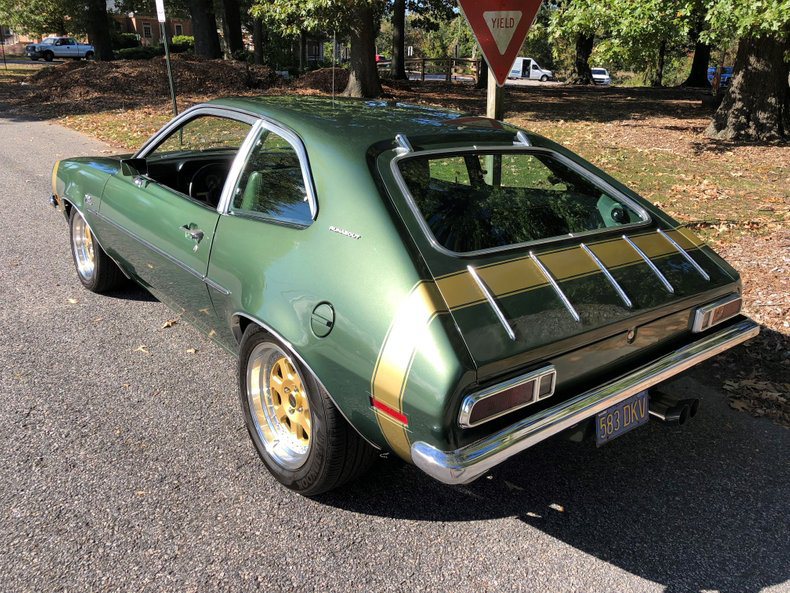 From a design perspective, the fastback sedan was the first body style, but the 1971 Runabout hatchback might have been the most iconic Pinto, launched in February 1971. The hatchback featured exposed chrome hinges for the liftgate and five decorative chrome strips, pneumatic struts to assist in opening the hatch, a rear window approximately as large as the sedan's, and a fold-down seat. The original Pinto measured 163 inches long, 69.4 inches wide and 50 inches high on a 94-inch wheelbase, and by 1972, the hatch was redesigned, with the glass portion of the hatch enlarged to almost the entire size of the hatch itself. Also in 1972, Pinto debuted its station wagon, Ford’s first two-door wagon since its 1965 Falcon. The wagon stretched to 172.7 inches long and came with a 2.0-liter engine, flip-open rear windows and faux wood side paneling for its Pinto Squire trim level.
From a design perspective, the fastback sedan was the first body style, but the 1971 Runabout hatchback might have been the most iconic Pinto, launched in February 1971. The hatchback featured exposed chrome hinges for the liftgate and five decorative chrome strips, pneumatic struts to assist in opening the hatch, a rear window approximately as large as the sedan's, and a fold-down seat. The original Pinto measured 163 inches long, 69.4 inches wide and 50 inches high on a 94-inch wheelbase, and by 1972, the hatch was redesigned, with the glass portion of the hatch enlarged to almost the entire size of the hatch itself. Also in 1972, Pinto debuted its station wagon, Ford’s first two-door wagon since its 1965 Falcon. The wagon stretched to 172.7 inches long and came with a 2.0-liter engine, flip-open rear windows and faux wood side paneling for its Pinto Squire trim level.From 1974-1978, the big design change was the addition of federally mandated 5mph bumpers. A 2.3-liter engine option was added, and in 1975, a 2.8-liter V-6 was offered, and the Mercury Bobcat (a rebadge) was marketed. In 1976, Pinto tweaked with an egg crate grille and chrome headlamp bezels, and the Stallion cosmetic package provided black two-tone accent paint offered in red, yellow, silver, and white body colors, while the Runabout Squire tweaked up with wood-grain vinyl bodysides like the Squire wagon.
 In 1977, Pinto styled up with slanted back urethane headlamp buckets, parking lamps, and grille. Runabouts got an optional all-glass rear hatch and the Pinto Cruising Wagon, sedan delivery made the line-up, with round side panel “bubble windows” and a choice of optional vinyl graphics.
In 1977, Pinto styled up with slanted back urethane headlamp buckets, parking lamps, and grille. Runabouts got an optional all-glass rear hatch and the Pinto Cruising Wagon, sedan delivery made the line-up, with round side panel “bubble windows” and a choice of optional vinyl graphics.For 1978 Pinto was redesigned, as it moved away from its similarity to Ford’s Maverick and became a modern Fairmont sibling with rectangular headlamps, inboard vertical parking lamps, and a taller slanted back grille. The interior was re-imagined, with a new rectangular instrument cluster and modified dash-pad for vehicles without the optional sports instrumentation. The V-6 engine was put to bed, and only the 2.3-liter 4-cylinder was offered.
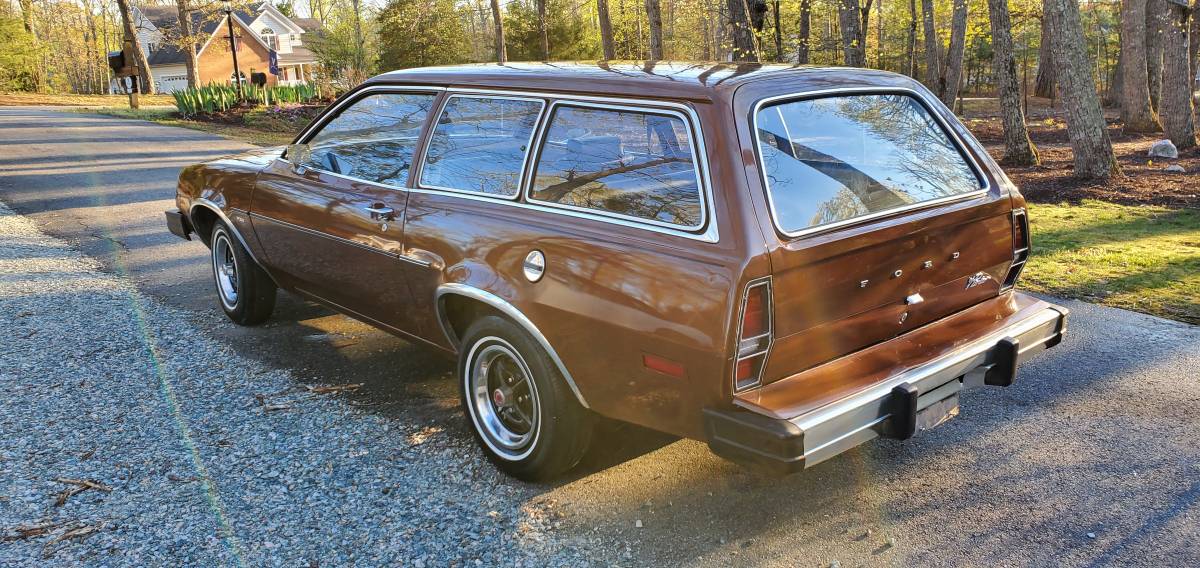 The final production year was 1980, as Ford Escort replaced Pinto in the Blue Oval lime-up. But for 10 years, Pinto was a huge part of American automotive consciousness, with 3,173,491 models built, but cut from the line well before its predicted 11-million-unit build-and-sale.
The final production year was 1980, as Ford Escort replaced Pinto in the Blue Oval lime-up. But for 10 years, Pinto was a huge part of American automotive consciousness, with 3,173,491 models built, but cut from the line well before its predicted 11-million-unit build-and-sale.Ford had combated the ‘made in Japan” car trend and “Lee’s Car” made history … good and bad, for Ford, and gained fans as well as detractors during its controversial decade. Over the years they have been saved, restored, made into racers, dragsters, performance monsters and classic icons. They have certainly endured past their 10-year-run.
In 2021, the Carlisle Ford Nationals (June 4-6) celebrate the 50th birthday of the Pinto. With over 3 million made between 1971 and 1980, there are still many that make the car show circuit with dozens planned for this summer's event. Not only will the Carlisle Ford Nationals celebrate the Ford Pinto but also its Mercury sister, the Mercury Bobcat. Expect a very special showcase within Building T featuring the Pinto as well as even more Pintos and Bobcats on the National Parts Depot Showfield.
If you have a Pinto or Bobcat that fits this amazing theme, be sure to visit the event page direct at CarlisleEvents.com to learn more, apply for consideration, purchase tickets and more!Mike Blake, former editor of KIT CAR magazine, joined Carlisle Events as senior automotive journalist in 2004. He's been a "car guy" since the 1960s and has been writing professionally for about 30 years.
-

Most Popular Race Prepared Vehicles: Taking it to the Street
Tuesday, Jan 5, 2021
For many of us, our vehicles are for daily driving, for providing function and style, for driving occasionally or for collecting and showing off. B …
Show MoreFor many of us, our vehicles are for daily driving, for providing function and style, for driving occasionally or for collecting and showing off. But for millions of Americans, their prized vehicles are specially prepared for road racing, autocross (Solo racing), drifting, road rallies, drag racing or any number of different racing genres.
There are many great local car clubs and racing groups, and one of the leading organizations involved in these avenues for automotive performance is the Sports Car Club of America (SCCA) is a non-profit American automobile club and sanctioning body supporting American road racing and autocross events. Formed in 1944, it runs many programs for both amateur and professional racers. Begun as an enthusiast group for amateurs, the SCCA began sanctioning road racing in 1948 with the inaugural Watkins Glen Grand Prix.
Currently the SCCA sanctions Club Racing (road racing), Autocross (“Solo” racing), RallyCross, Road Rallies, Hill Climbs and more. All of these applications involve vehicles prepared for racing, though some of the more popular vehicles are stock, with a few tweaks. However, true hardcore vehicles are built for racing, and a pro or amateur enthusiast can either buy one and go racing, option-up, or build for racing.
One popular race build group is Ruf Automobile GmbH, a German car manufacturer that engineers original race-worthy cars using unmarked Porsche chassis, specifically known as “Bodies in White”. The cars are built from the ground up as completely new cars, using these bare chassis, and assembled using Ruf-made parts and materials. Rufs are recognized as production models and are known for its record-breaking 211 mph CTR. Ruf will also tune cars and create customer-requested Porsche-to-Ruf conversions.
Another build is from M-Sport, originally known as Malcolm Wilson Motorsport. UK-based M-Sport prepares and runs the official Ford rally Team with Ford Focus RS WRC and Ford Fiesta S2000, and the Bentley Motorsport Team.
A third race builder is HPD or Honda Performance Development, Honda's racing company within North America. HPD specializes in design, development, production, and sale of race engines, chassis components and complete race vehicles for racing customers. Based in Santa Clarita, CA, HPD prepares everything from Indy Cars to motorcycles to customer rally, touring, off-road, karting and midget competitions.
We could go into each form of race prepared vehicles but that will take several articles to cover fully. In future articles, we will hit Muscle Cars (think Dodge Demon, Chevy Camaro, Pontiac Firebird, Mustang Shelby, Buick GNX and more); AutoCross cars (think Honda CRX, S2000 and Civic Si, Fiat 124 Spider Abarth, Toyota MR2 and 86, Porsche Cayman and 914, Subaru WRX and many more); other racing venues, what it takes to tweak vehicle for racing and how to prepare a vehicle on race day.
But for this treatment, let’s quickly hit Street Racing and a few popular vehicles.
In simple terms, street racing is enthusiasts racing their cars on public roads. The popular cars offer quick response, lots of power (horsepower and torque), great handling, easy tuneability and maintenance, readily available tweaks and cars that won’t cost a fortune to obtain.
Ten of these popular race prepared vehicles include:
Nissan GT-R
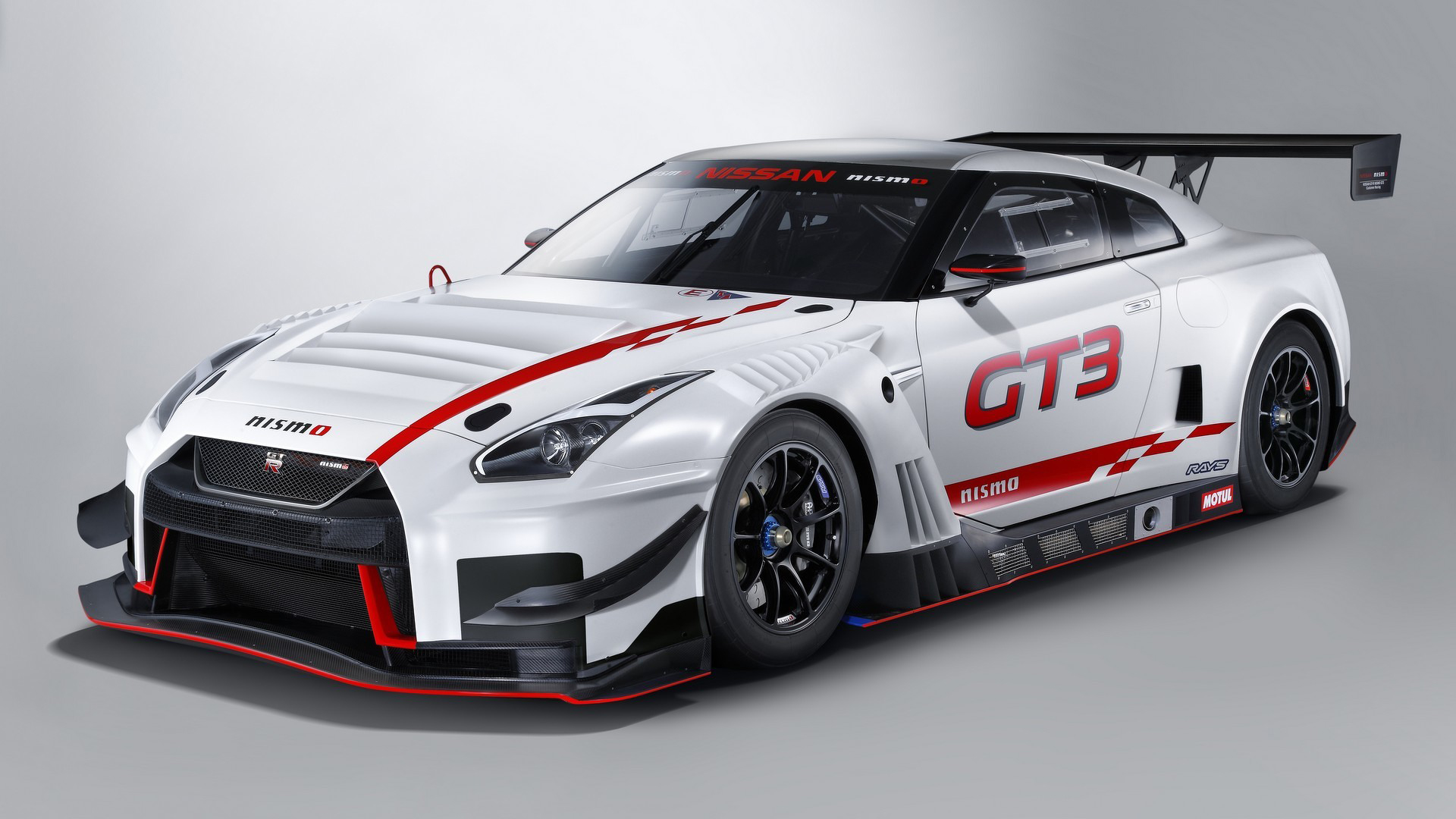
The GT-R rates right near the top in many garages and in many street races. Its superior handling, all-wheel-drive, power and balance, make this well-engineered beast a real force.
Toyota 86
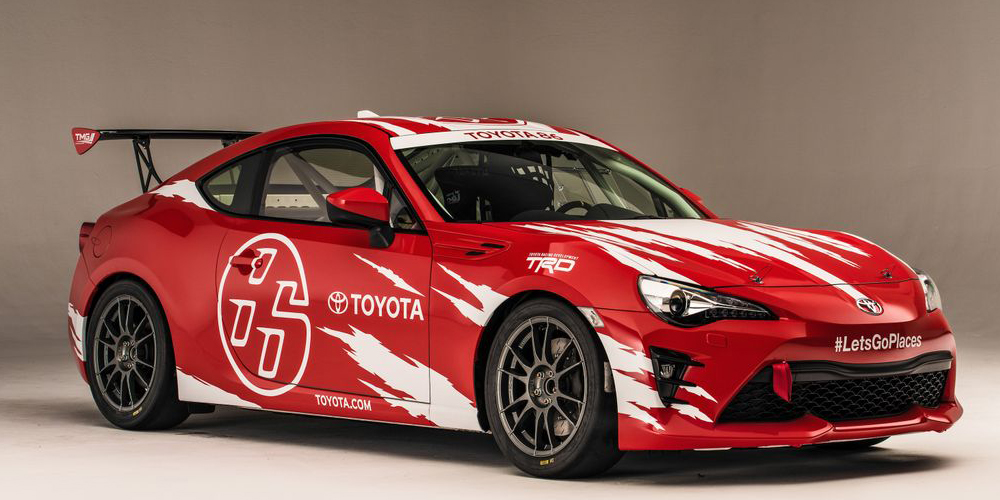
An engineering package from the team of Toyota and Subaru, the Toyota 86 is light, powerful and agile, at a friendly price.
Volkswagen Golf GTI
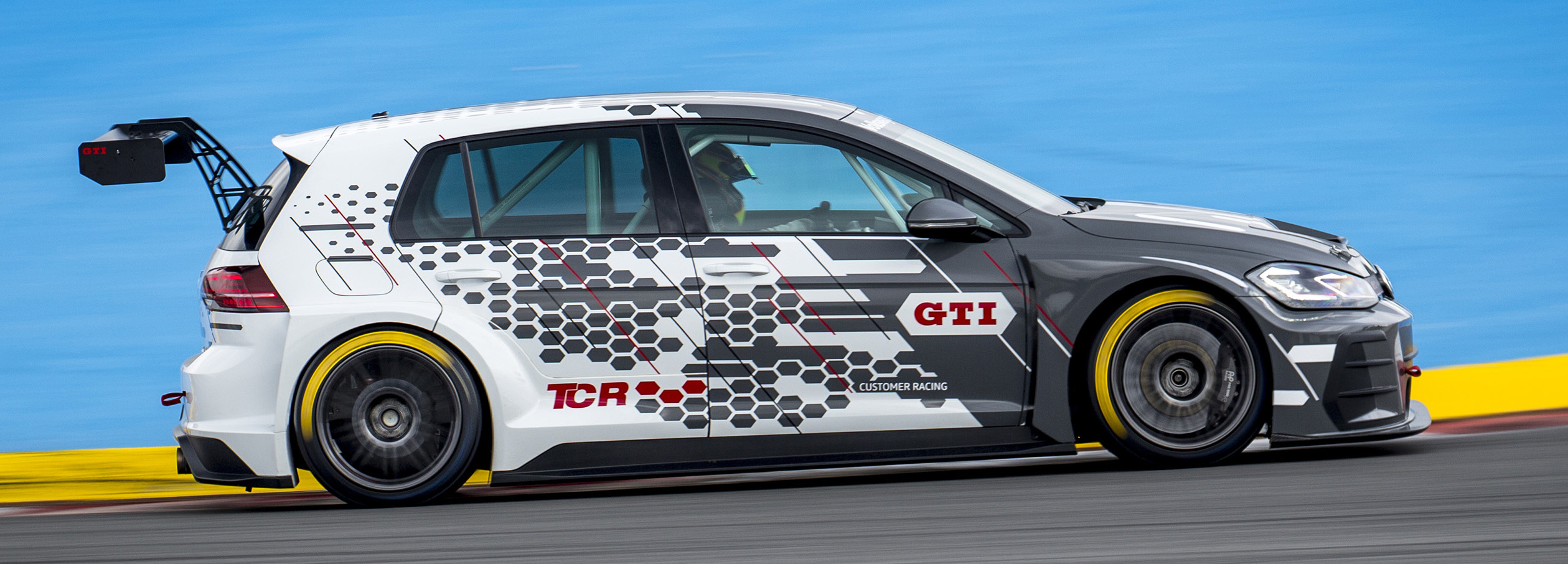
This seven-speed hatchback is a hot racer. Responsive and priced comparatively low, it can challenge the Big Boys.
Subaru WRX
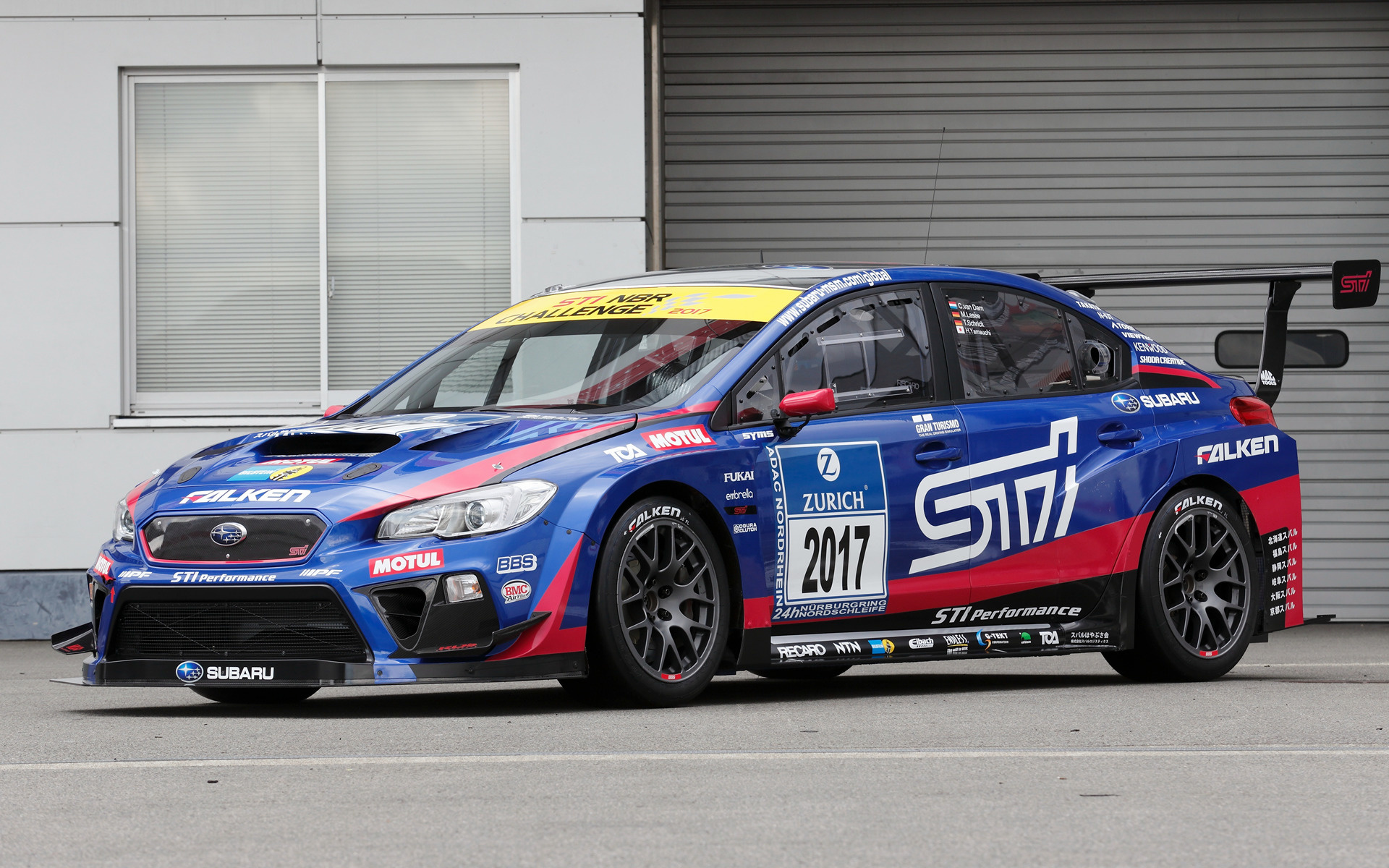
An all-wheel-drive competitor, WRX has a very loyal following. Whether stock or tweaked, WRX is quick off the line and handles on rails.
Mitsubishi Lancer Evolution IX
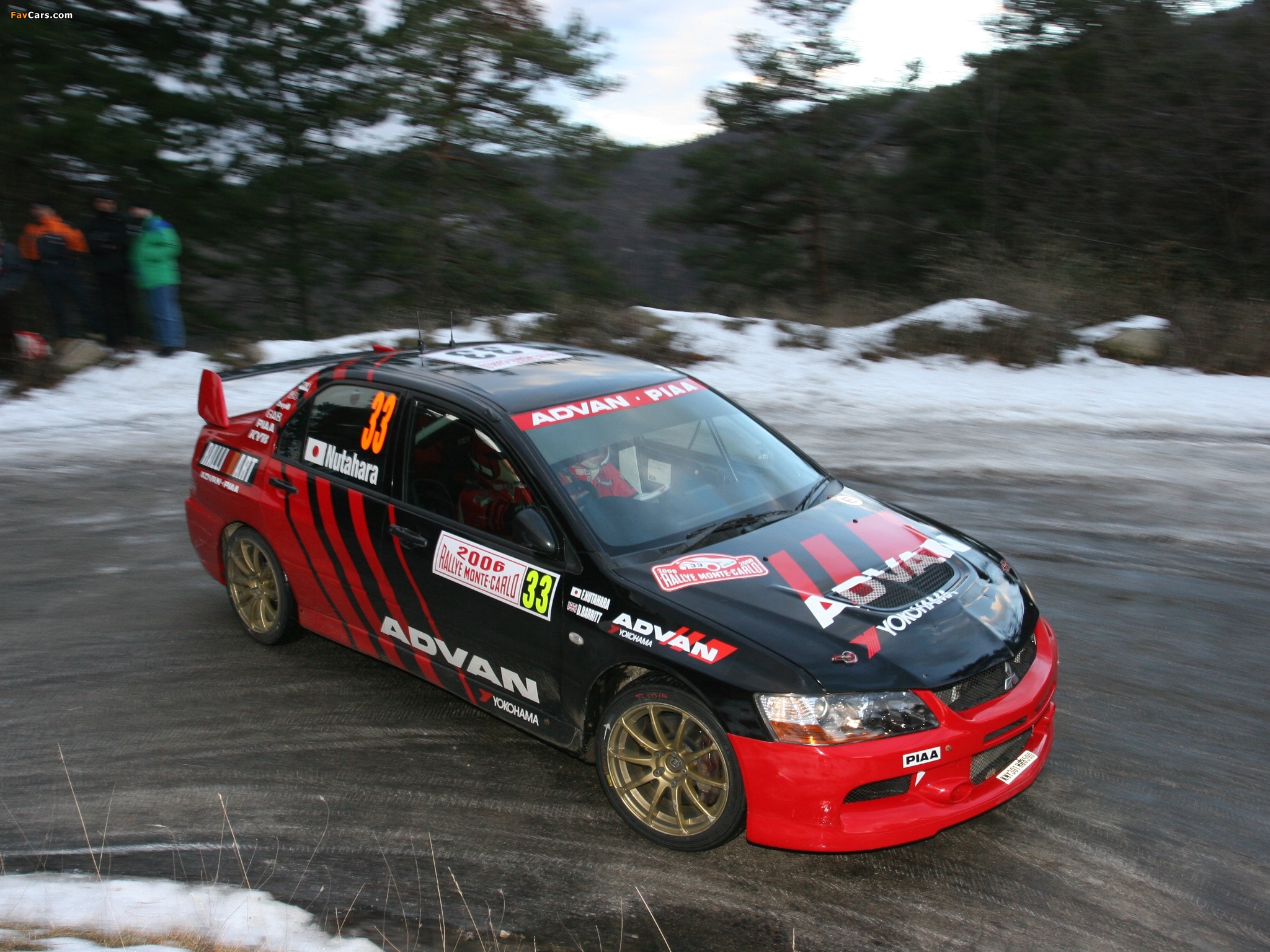
The Evo IX is a legend on the street, with a revised turbo, predictable cornering and power when called upon.
Toyota Supra MkIV

You see lots of MkIVs on the street race scene. Its rep was enhanced by the “Fast and Furious” film series, and on the street tracks, quadruple-digit horsepower has been seen.
Honda Civic Si

Another competitor priced favorably, a 4-cylinder turbo kicks in late and surprises its foes. Light and nimble ion the corners.
Mazda MX-5 Miata

Fun to drive, power-to-weight is solid, priced for budgets and cool-looking at the race or on the way to it. Small, steady, sporty and popular.
BMW M2
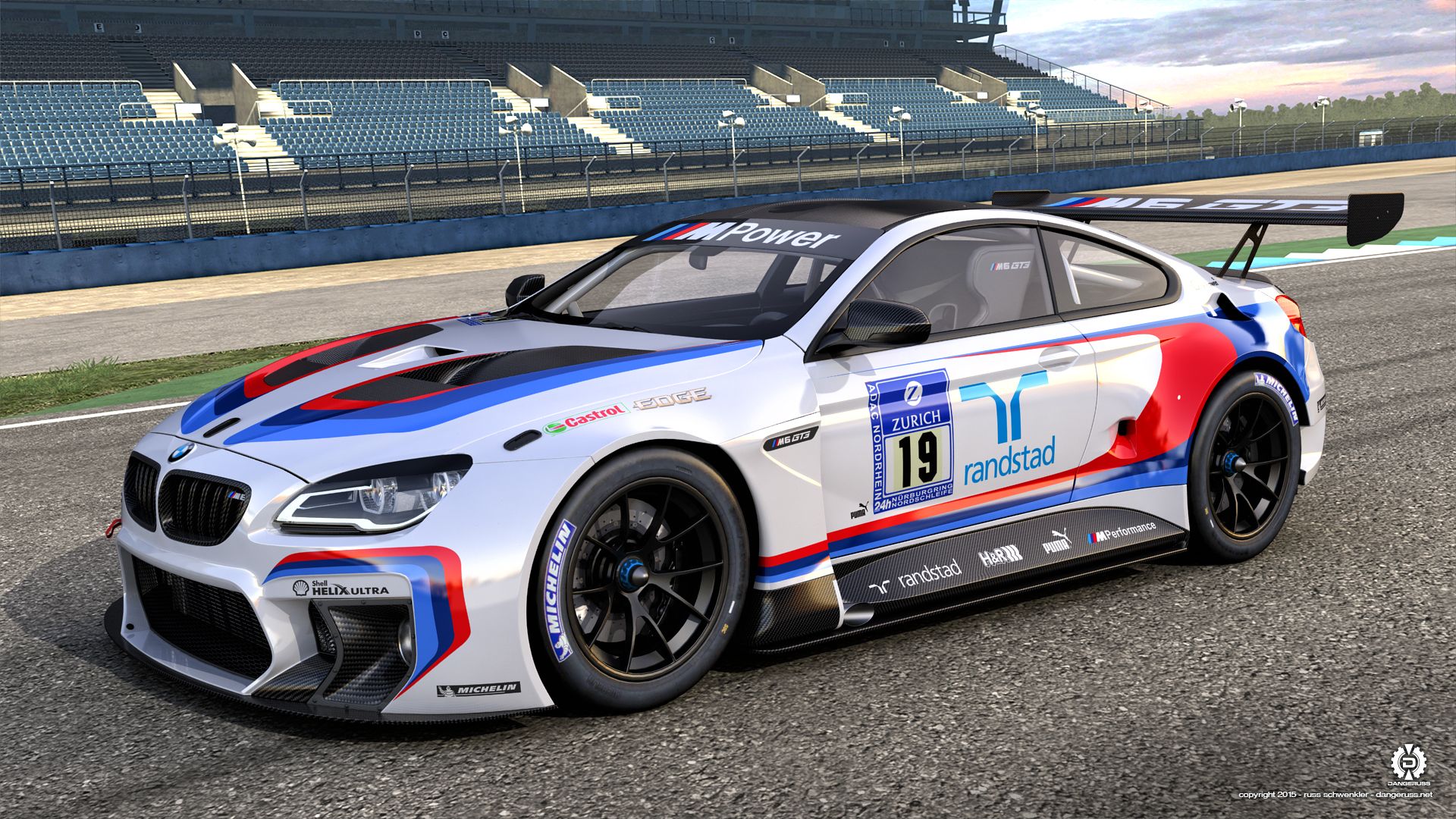
Not for the budget-conscious, but a consideration for the win-conscious. Balanced and powerful, M2 corners with the best of them and performs all day and night.
Nissan 350Z
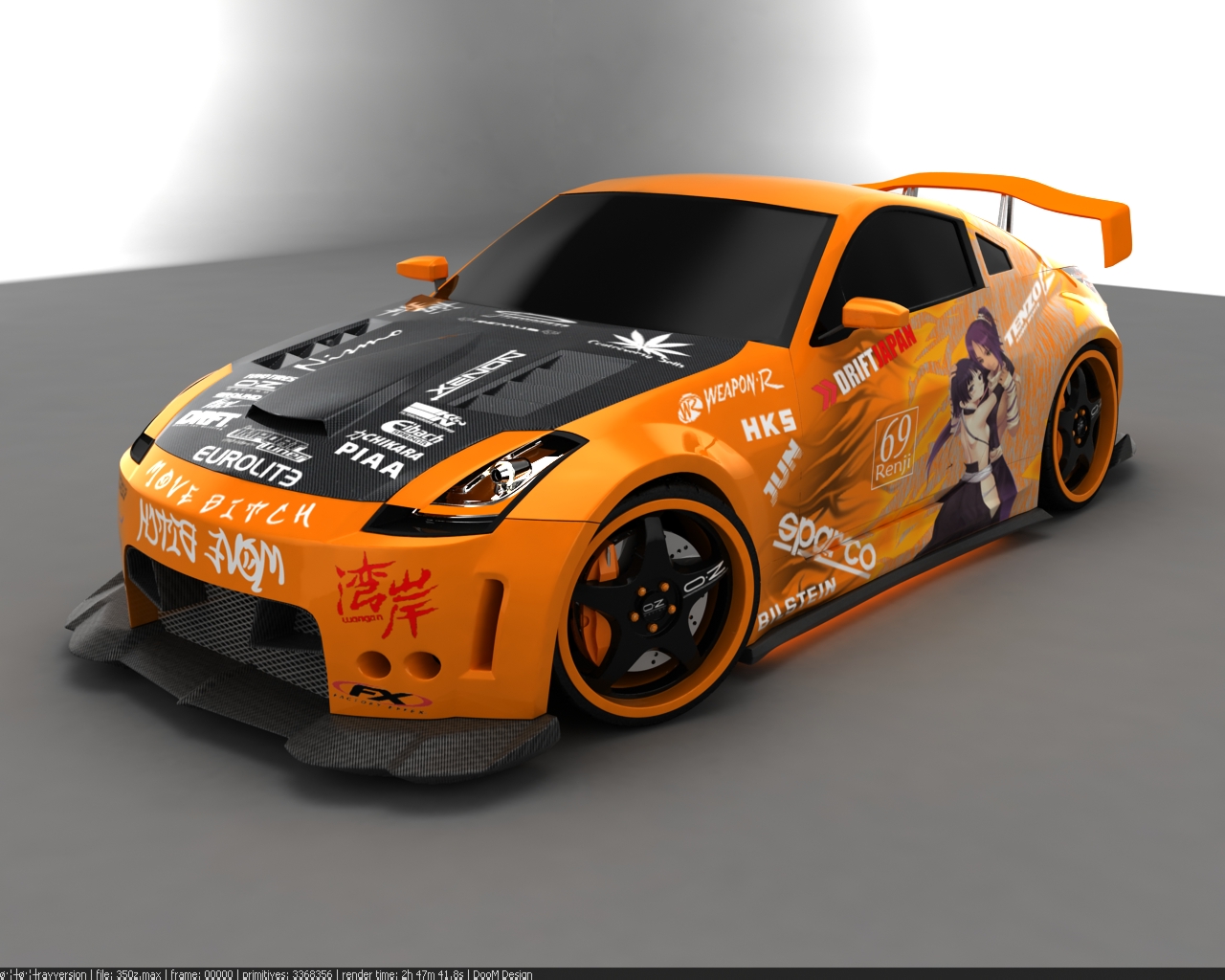
Another of the most plentiful metal monsters on the scene, the 350Z is priced favorably, powers up well, modifies easily and takes its rear-wheel-drive V6 engine to the front often.
Honorable mention:
American Muscle Cars are well-represented in race prepared street racing arenas. You really can’t have a solid conversation on popular race prepared cars without including Ford Mustang, Chevrolet Camaro and Chevrolet Corvette C6. Also in the mix are the exotic Lamborghini Huracan and the German-built BMW 3-Series (E46).
What race prepared street racer is your favorite? One of these, or another tweaked street champ?
You can see some of these cars and other race prepared rides annually at the Carlisle Import & Performance Nationals. The 2021 offering at the Carlisle PA Fairgrounds takes place May 14-15. Registration for the Showfield is now open, plus spectator tickets are available online and in advance too. Learn more about this great international automotive celebration at www.CarlisleEvents.com today.
Mike Blake, former editor of KIT CAR magazine, joined Carlisle Events as senior automotive journalist in 2004. He's been a "car guy" since the 1960s and has been writing professionally for about 30 years.
Book with a preferred Hotel

Book online or call (800) 216-1876
